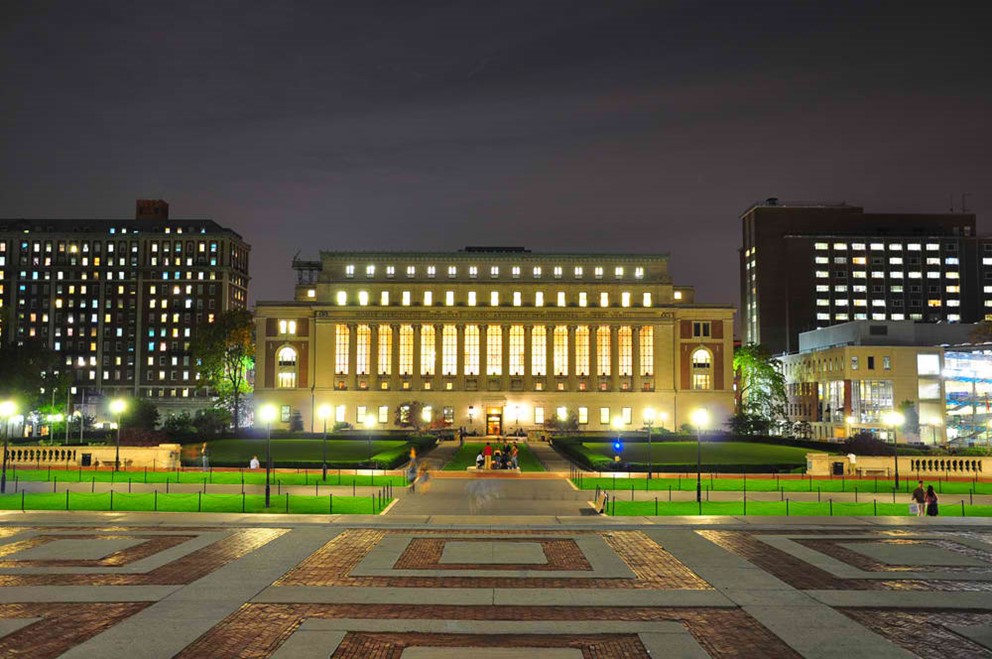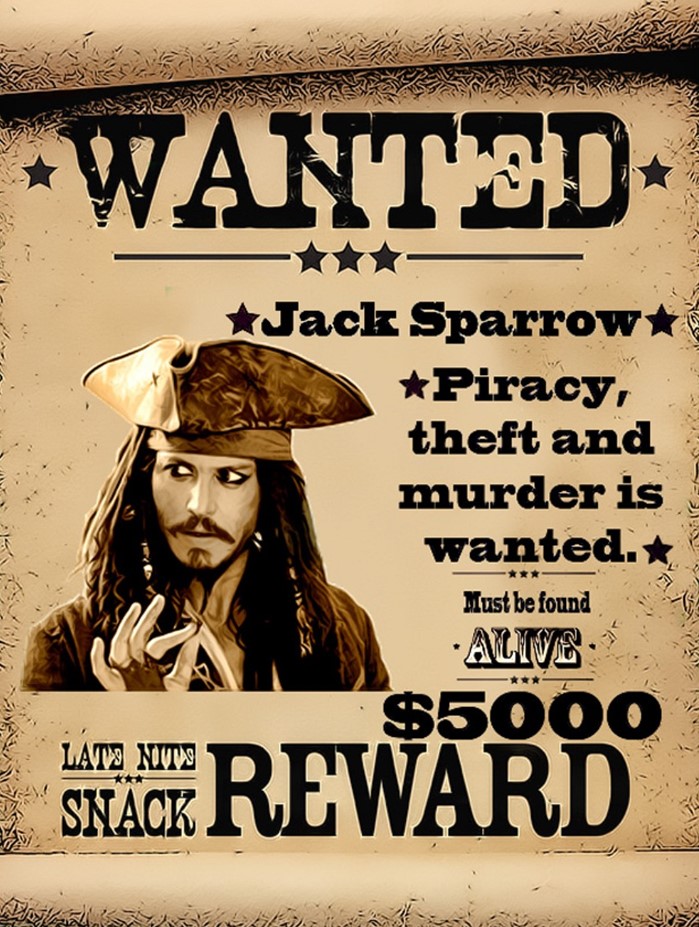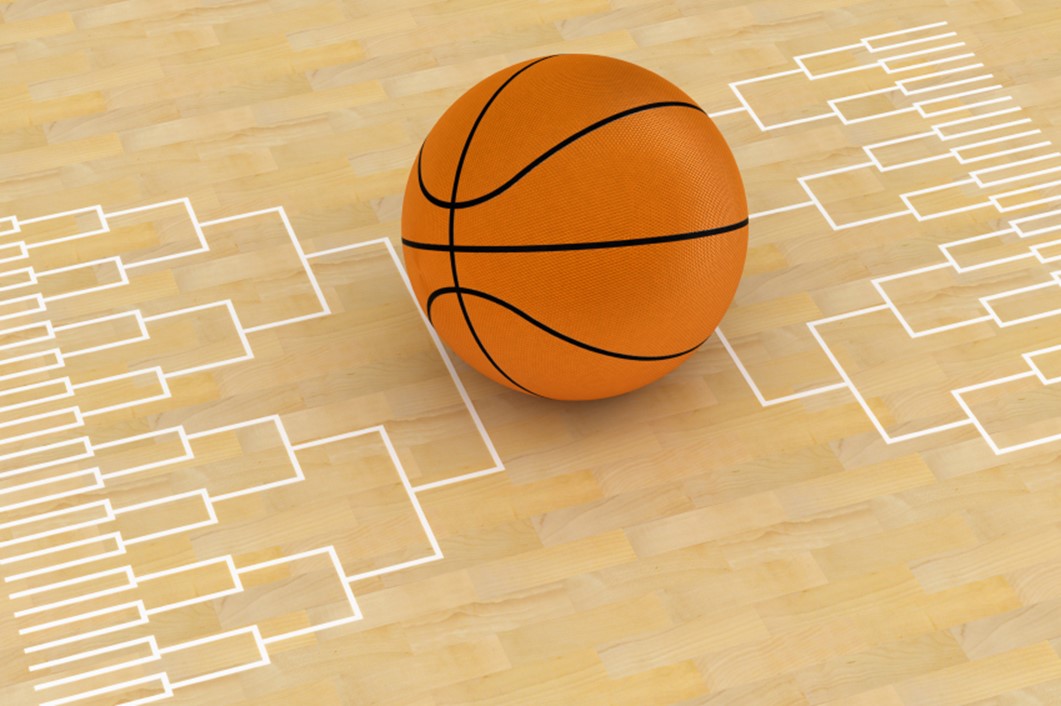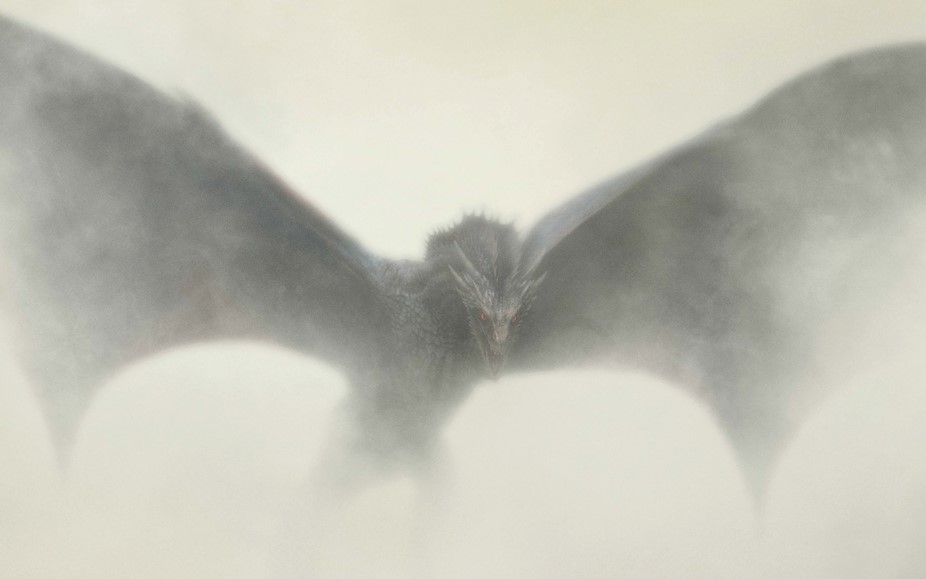The Economics Of Graveyards
April 15, 2015 in Daily Bulletin

Want a business with a relatively stable demand base unaffected by recessions or the wider business cycle? Look into the graveyard business! Sarah Stone created a handy dandy guide to explain some of the key considerations:
- Graveyards have a difficult problem: unlike most other businesses what they sell – land to bury people in – is limited and will run out.
- Luckily most graveyards are run as non-profits so they don’t have to worry too much about taxes as a part of their cost base.
- It’s important to build a long term trust fund that can keep the graveyard financed for generations to come.
- If a graveyard does fill up its life could be extended by creating new graves in the spaces between, and under the pathways around, existing graves.
- In countries such as Germany, Australia, and New Zealand graves are thought to be more of a lease on land. After the lease runs out the remains are exhumed and cremated, creating space for a new grave.
- When all else fails cemeteries can look into multi-story stacked graves to continue to pay the bills.
- If, as eventually all business do, the graveyard goes bankrupt then the local municipality may agree to take over control of the land.
- It may also be sold to investors who would pay for the remains to be reburied somewhere else – nobody really wants to live or work in property built atop a gravesite.
Read about what makes the United States unique in its treatment of burial plot rights, what happens to those who pre-pay for a plot after a graveyard goes under, and more over here.
Source: Today I Found Out









Join the Discussion! (No Signup Required)